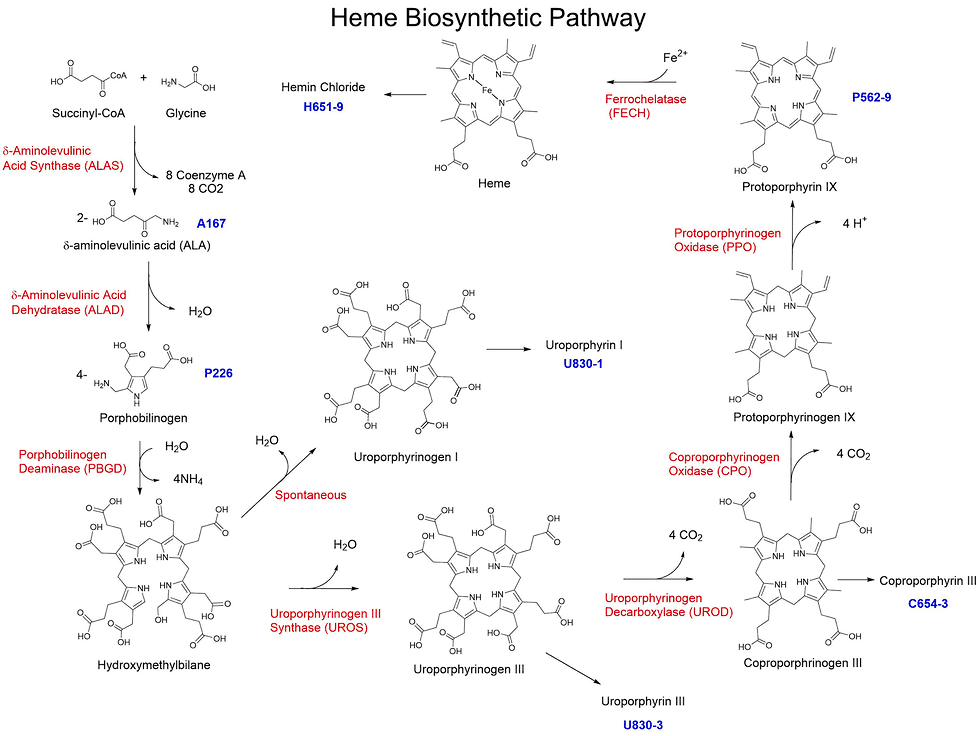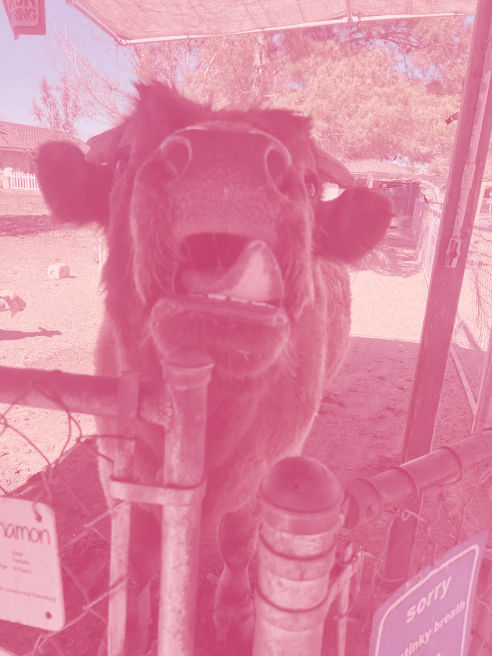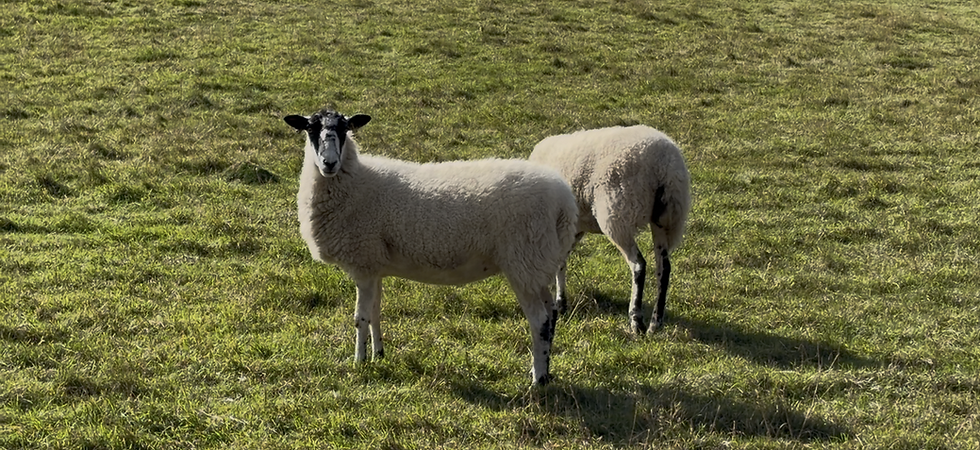HERITABLE VETERINARY ERYTHROCYTE DISORDERS
- kradiganscience24
- Mar 2
- 4 min read
Tavishi
I'm not entirely sure why I still add my name to my blog posts; if you've been reading Kradigan for a while, you know that anything biology generally means me (with one exception- HI GENEVA!)
Anything veterinary is, generally, me, though.
I've been reading quite a bit about anemia as of late, and causes of anemia. Naturally, I've stumbled upon genetic predispositions causing anemia, and it's really fascinating to see how tiny little mishaps in the genetic code can cause widespread blood chaos. I also really am interested by how certain breeds of dog or cat are disposed to certain conditions.
One of the biggest heritable erythrocyte (red blood cell, primary vessel of oxygen in the blood) conditions in animals are related to interference with cellular respiration, whereas in humans, one of the biggest erythrocyte disorders is sickle cell anemia. On the other hand, most animals can handle sickled blood cells like a pro, and don't really have any adverse affects.

Both of which disorders are related to glycolysis, one of the starting steps of cellular respiration. The ultimate goal of cellular respiration is to take the energy stored in glucose and put it into a much more digestible form- ATP.
Glycolysis starts the process.
Both glycolysis and the Krebs cycle occur with the goal of fueling the final step of cellular respiration- oxidative phosphorylation, or the electron transport chain, whose sole purpose is to produce ATP.
Glycolysis produces one of the necessary materials for the Krebs cycle: pyruvate. Pyruvate is modified quite a bit prior to the Krebs cycle, forming acetyl CoA (molecule got oxidized and then got the gift of coenzyme A).

In the process of producing pyruvate, glucose goes through a million different changes. (Glucose-puberty! Gluberty? Glutant? Glupyruvescant? This is a worthless pursuit. I give up.) Glucose goes through two phases- an energy investment phase, and an energy payoff phase. You gotta spend a little to gain more profit. Something something business something something marketing something something idk I'm not an econ major.
Glucose starts off being phosphorylated a series of times.
First, glucose is converted to glucose-6-phosphate, using an ATP, and catalyzed by the enzyme hexokinase. Glucose-6-phosphate is rearranged by the enzyme phosphofructokinase, then yada yada yada it becomes fructose 6 phosphate. It gets another phosphate, spending another ATP, becoming fructose 1,6 biphosphate, and then, it's cut in half by aldolase, forming G3P.
Thus we find our first common disorder- phosphofructokinase deficiency! A deficiency of this key enzyme to glycolysis results in less energy production in erythrocytes, and thus, hemolysis and hemolytic anemia! The exact mechanism is a little strange. Usually, this doesn't produce issue unless a puppy is particularly exercised.
When there's a lot of strenuous activity, animals hyperventilate, meaning there is less carbon dioxide in the blood. Even though this might, on the surface, sound good, it produces a symptom called alkalosis, which causes red blood cells to burst because of changes in surrounding pH. The deficiency in phosphofructokinase exacerbates the issue of hemolysis to a point which can be life threatening, producing rhabdomyolysis among other things.
The disorder is homozygous recessive, and thus, isn't super common; however, it is genetically inherited, and as a result of selective breeding, is oft common in certain breeds. Most notoriously, the English Springer Spaniel! I have met one English Springer Spaniel, and she certainly lives up to her name. She jumped above my shoulders- quite springy. Not quite a Hookean spring though.

Moving away from puppies and cellular respiration, we come to porphyria, a cattle issue.
Contrary to what it may sound like, porphyria has nothing to do with cow pores. No cow skincare, please.

A porphyrin is a chemical derivative of porphine. Porphyrins are characterized by four pyrroles connected in a specific way.
I am not a chemist, and so I refuse to proceed further on that topic.
However, what's important to note is that heme groups, one of the components of hemoglobin, are porphyrins. Heme groups are produced from glycine (mwah you achiral beast, you!) Below is the behemoth of the heme biosynthetic pathway. Interference with any component of this screws up the ability of an erythrocyte to transport oxygen- bad.

I memorized this absolute beast at some point in eighth grade, and remember it with a horrific mnemonic: Geese
δrive
Purple
Harp seal
Urine
Cars
Past
Plywood
Homes
The issue that is present in many cows is found in the production of uroporphyrinogen III, because of a decrease in uroporphyrinogen III synthase activity, causing a lot of Harp seals to bop around. Correct, hydroxymethylbilane. And if hydroxymethylbilane isn't supervised, it turns into uroporphyrinogen I, which degrades even more into coproporphyrinogen I.
Another characteristic of porphyrins- their receptivity to light. As a result, in cows with congenital erythropoietic porphyria, the cows' teeth turn purplish-brown. Thus, the name porphyria- purple in Greek! Under ultraviolet light, this porphyrin build up turns bright pink.
Pink Pony Club by Chappell Roan? Nah, Pink Cow Club.





Comments